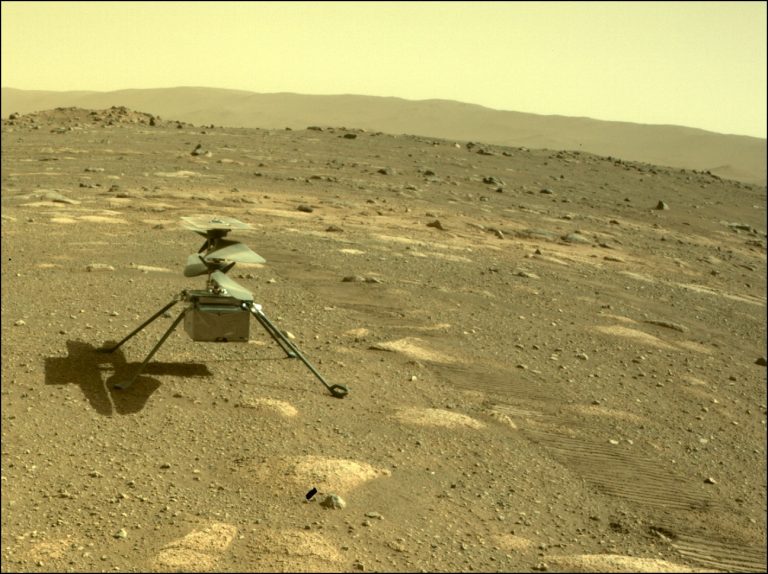It is possible to predict the trend of space exploration for the next 10-50 years.
With reasonable confidence, we may say that in the next 50 years, we’ll be making routine trips, not just for scientific purposes but for fun and Moon as well as Mars. This is not mere crystal gazing but it has a scientific basis. Futurists like ‘Michio Kaku’ give evidence on how science is moving step by step towards this goal. Simply speaking there are two important aspects to journey to Moon or Mars. First is how do we manage to reach there alive and with all our body part intact hale and hearty, I.e how do we safely arrive there in good health. Second is once having arrived how do we sustain our life. Obviously, we cannot depend on supplies from the earth, we need to have our own agriculture, water, and power generation right there on Mars and Moon(terraforming).
Elon Musk’s aerospace company has its eyes on two Mars voyages: a cargo-only mission in 2022 and a human mission in 2024. The second mission would involve building a propellant depot and preparing a site for future crewed flights. But the company describes these dates as “aspirational.” After all, SpaceX plans to use its Starship spacecraft to send Japanese billionaire Yukazu Maezawa and a handful of artists into lunar orbit in 2023.
In 2024, the Japanese Aerospace Exploration Agency (JAXA) plans to launch a uniquely bold interplanetary mission that will involve sending a probe to orbit Mars, landing on the Martian moon Phobos, collecting surface samples, and then returning those samples to Earth in 2029.
The Mars 2020 Perseverance Rover mission is part of NASA’s Mars Exploration Program, a long-term effort of robotic exploration of the Red Planet. Perseverance is a car-sized Mars rover designed to explore the Jezero crater on Mars as part of NASA’s Mars 2020 mission. It was manufactured by the Jet Propulsion Laboratory and launched on July 30, 2020. The mission addresses high-priority science goals for Mars exploration, including key questions about the potential for life on Mars.
When astronauts live and work on the Moon, they will need access to life-sustaining oxygen, water, and other resources. (Some may argue what is the big deal even on earth some places oxygen is not available) On the Moon, and eventually Mars, they could collect local resources on the surface and transform them into breathable air; water for drinking, hygiene, and farming; rocket propellants, and more.
In order to develop the best ways to find and use resources on the Moon, NASA Glenn Research Center in Cleveland created an Excavation Laboratory to explore effective methods using an Advanced Planetary Excavator robotic arm along with a shaker table and soil bins.
Using simulants of lunar soil, called regolith, researchers are testing excavation techniques and trying to understand how the digging process on Earth is different from the Moon or Mars.
Another important question remains: once the human reaches the moon or Mars, how will they sustain life and survive in those extraordinary circumstances. Much work is being done in this direction.

